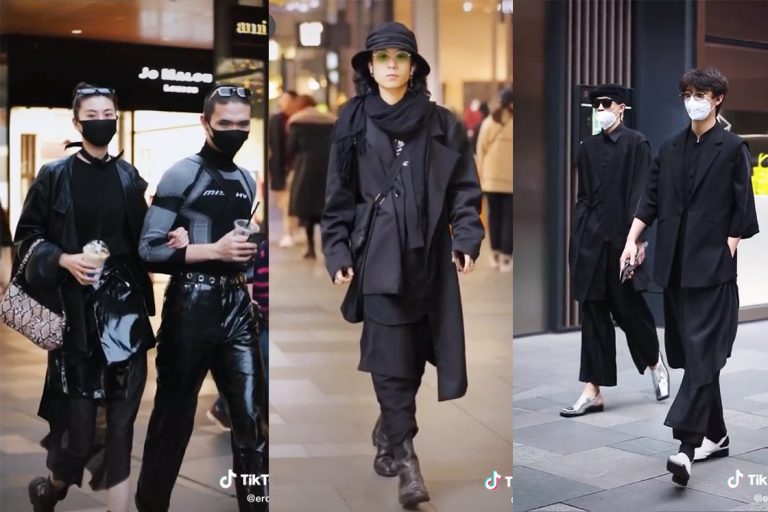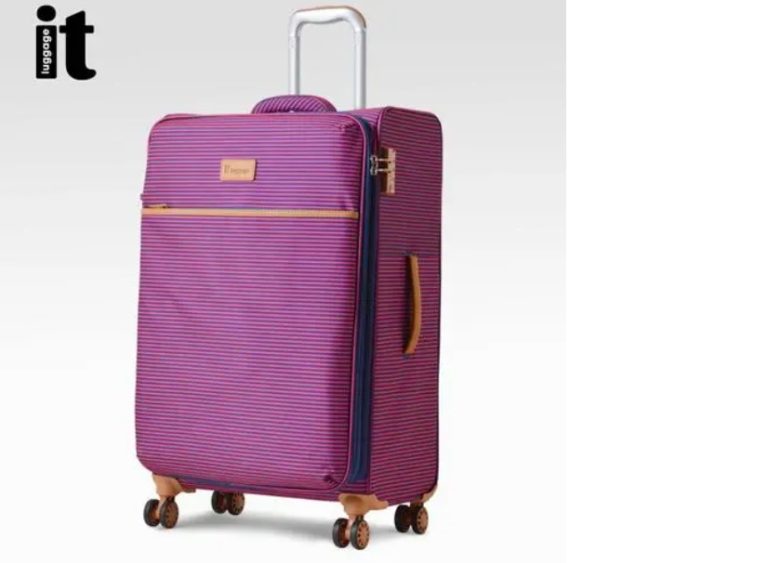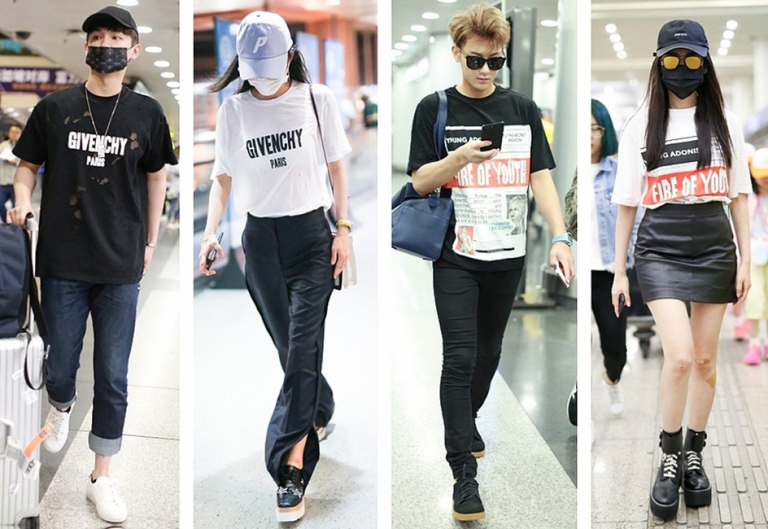In China, children’s money is the most easily earned
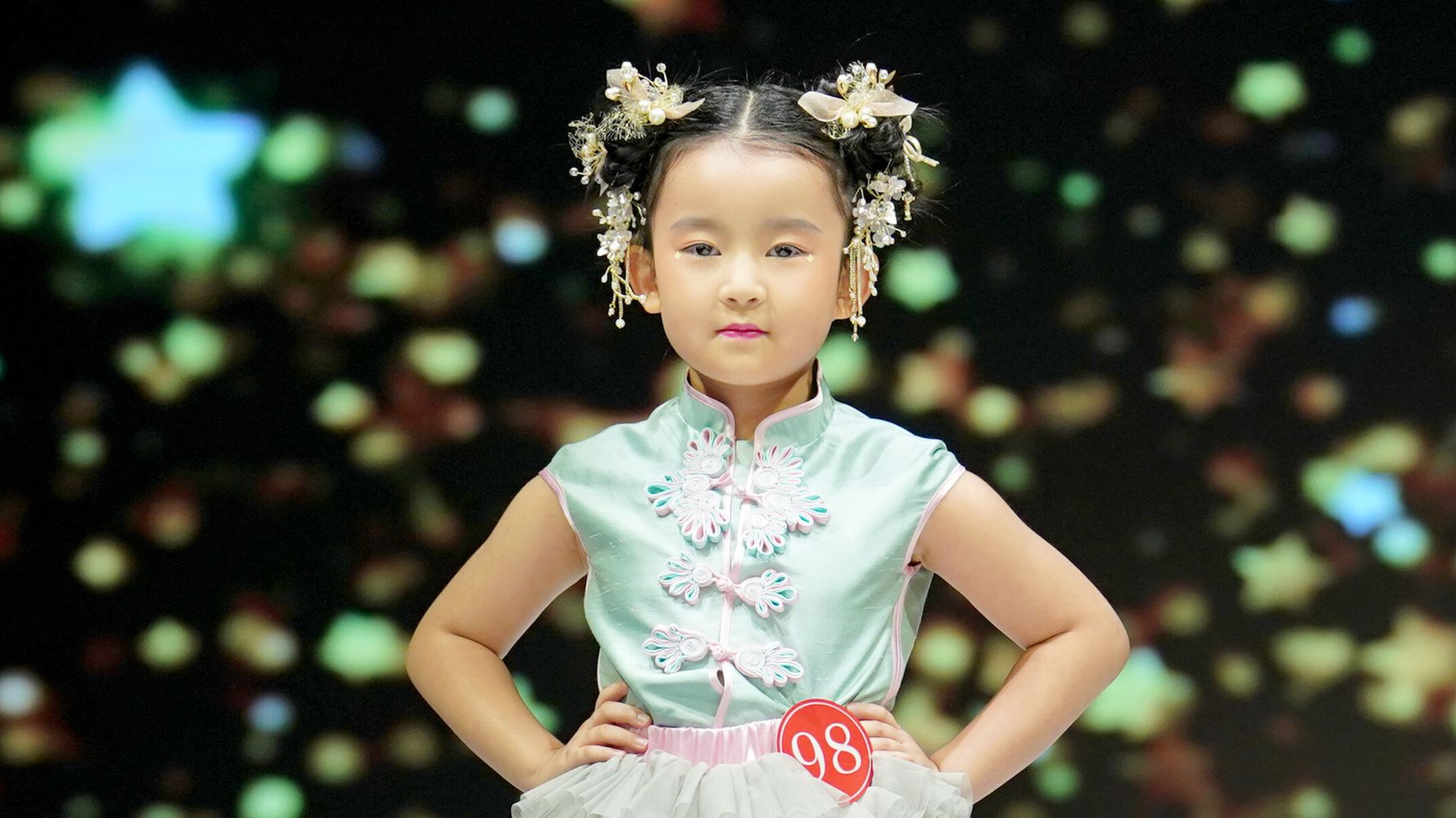
According to Chinese consumer markets, children’s money can be earned the easiest.
China’s market for children’s products and services has exploded to 4.5 trillion yuan ($695 billion), according to the state media outlet Economic Daily. This growing child-focused market is accompanied by affluent, urban Chinese parents who are more concerned about their children’s well-being and growth.
The children’s clothing market in China
The apparel market is the next big success story for fashion brands in China. Why? In 2020, children’s clothing surpassed men’s clothing and women’s clothing to reach a peak of RMB 261 billion. “>261 billion RMB. This is due to high demand and recent family-friendly policies. The children’s clothing market in China is growing rapidly, as are many other childcare-related products.
Cost-Effective Agency
KPI and Results focused. We are the most visible Marketing Agency for China. Not because of huge spending but because of our SMART Strategies. Let us help you with: E-Commerce, Search Engine Optimization, Advertising, Weibo, WeChat, WeChat Store & PR.
Many factors can explain the recent increase in growth.
- Increased household purchasing power
- The one-child policy is being reformed into a one-child policy.
- Double-digit economic growth in the country
Chinese mothers: Selling children’s clothes
They are called “hot mamas” in La Ma Chinese and are the new generation of post-1990 mothers. Hot mamas are different from other generations in the way they think, buy and raise their children. China Business Network’s 2018 research on children’s behavior during the shopping phase found that:
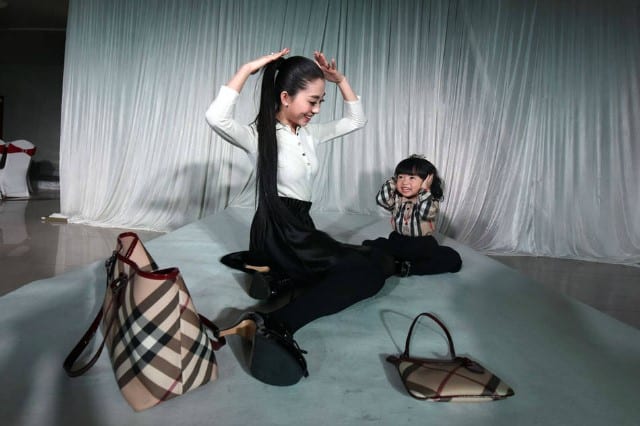
- They seek advice from their peers, not their parents, when they need it.
- They pay more attention to product safety and quality than to price.
- They like to buy high-quality products via cross-border e-commerce.
Hot mamas were born during the digital boom and now form communities to consult each other via apps or groups on WeChat.
A social media market study revealed that hot mamas are attracted to clothes similar to their children’s. This is known as the “mini-me trend.”
The huge growth of the children’s fashion and clothing segment
The Chinese children’s wear market is one of the fastest-growing segments in China. The market is developing well, as the children’s wear market is growing faster than the general apparel sector (6% per year).
Children’s clothing tends to be more popular than men’s and women’s clothing. Children are purchased more often than in other segments.
There are three main categories of children’s ready-to-wear clothing:
- Baby clothing – This is the main category, and it will continue to grow in the future. The 0-2 year-old market will grow with the introduction of the 3-child policy.
- Girls’ Clothing This market segment is growing, especially for girls ages 5-9. This segment is characterized by higher prices than the boys’ segment, and higher purchase frequency.
- Boys’ Clothing – This segment has a lower average growth rate and international brands have chosen to focus on girls. Chinese mothers are more likely to spend on their boys than their girls, especially with limited editions and influencer endorsements.
China children’s clothing sales revenue from 2013 to 2018 with a forecast to 2020.
Analysis of demand and trends in the Chinese children’s clothing market.
Clothing is in higher demand as children grow up. Buyers in the baby market are looking for safe and comfortable products that will benefit their children. Expectations change when a child reaches the age of three. Parents prefer products that reflect the individuality and tastes of their children. Their purchases are strongly influenced by their need for differentiation.
Since foreign brands are more differentiated than the target audience of 3 years or older, they have an advantage. Many parents visit the websites of foreign brands to buy products from Asia and to give their children a unique image.
Chinese consumers like foreign brands because they offer a guarantee of quality and originality in fashion.
Distribution channels: Online and offline channels are important
Physical stores have a strong attraction because many consumers prefer to see a product in person. This concept is still very important in today’s market. Some customers prefer to see the product in person and touch it before buying. Segmentation is strongly influenced by the sensory dimension.
Online shopping is a new avenue for players, as it can be used to expand sales channels as part of multi-channel distribution strategies. Brands can also extend their reach and visibility in a saturated market.
Online sales account for 4,000,000 of total segment revenue. Tmall (50%) holds 70% of the children’s clothing market. JD.com (20%) holds 20%. They remain the two largest e-commerce players in China.
These two distribution methods can be combined to create a unique tool for brands to differentiate themselves and gain a competitive advantage in reaching customers throughout their customer journey.
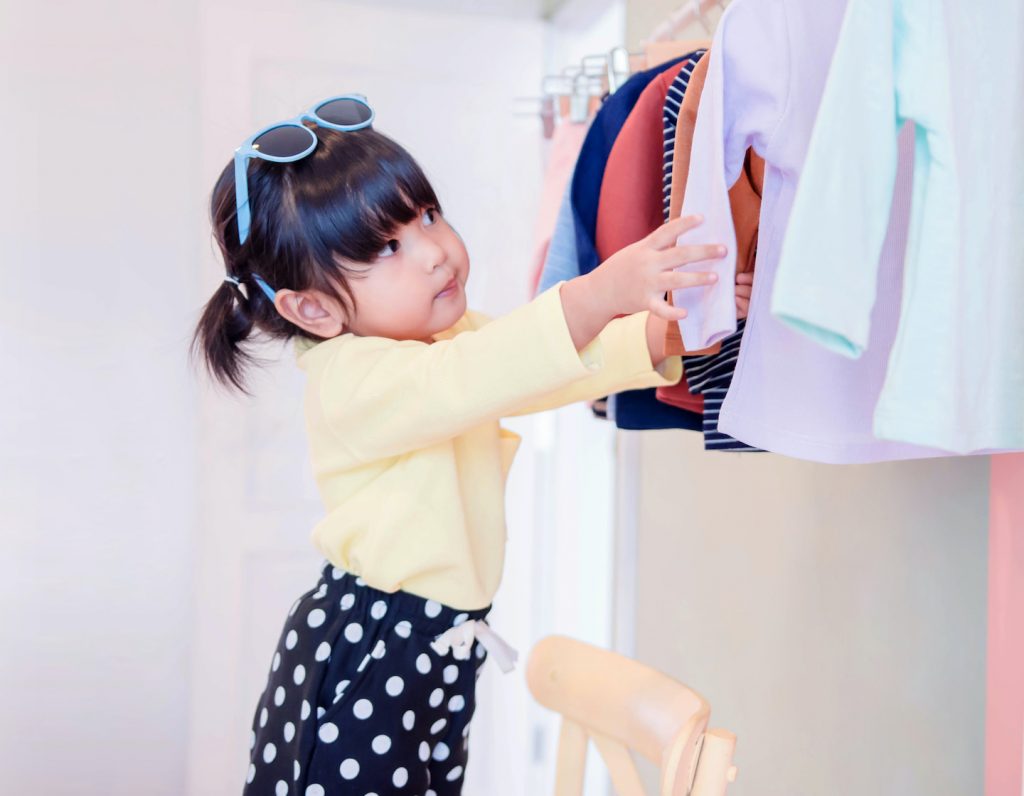
How can you market your baby and children’s clothing brand in China?
This is your chance to enter a market with high growth potential. There are many steps to take to develop your business in China. Don’t assume that simply replicating your model will be enough.
Here are some tips to help you promote your brand in the market.
- You will build your reputation and a positive brand image.
- Communicate with your target audience.
- Find a good distribution channel.
The reputation of your children’s fashion brand can be developed online.
It is important to take advantage of digital trends in the country. Your online marketing strategy is crucial in this regard. Chinese consumers are connected to their digital environment for up to 6 hours a day. Keep in mind that this environment is very different from Europe. You will need to establish your presence in this new world… and learn to communicate with Chinese moms.
Chinese citizens’ purchasing decisions are heavily influenced by social media. China has 914 million internet users, the largest number in the world. Social platforms are relevant to your strategy because consumers (in this case, parents) are often influenced by recommendations from friends and family when purchasing products. Word of mouth is key.
To build a strong e-reputation, you need to:
Make a Chinese website mobile responsive.
- To show your credibility, you can set up an SEO campaign with Baidu, the most popular search engine.
- To reach the first page of Baidu, set up an SEM campaign
- Public relations and press releases via magazines such as Milk Enfant or Bebe can help you build your reputation.
- Find the right KOLs or influencers to reach your audience. Use “Fashion Mama”, and “Mom Next Door” tools to find them.
- To talk about you on Chinese blogs or forums, use key review forums and consumers
Communicate with customers using WeChat or Weibo
WeChat opens up the Chinese social world. Each month, the application has more than 1.2 million active users. WeChat is now an extension of the Chinese people. It is used on average 4/5 hours a day and can be used in different ways. Individuals can communicate via instant messaging, share content via a “moment”, similar to a Facebook wall, and pay via WeChatPay. They can also buy online using social commerce features.
Brands entering the market must use the platform. To deliver content and interact directly with customers and prospects, you’ll need an account.
This is a great way to improve customer service, as it gives you direct access to your customers. Managing your community on the platform is crucial. Leading children’s fashion company Balabala has created a mini WeChat program exclusively dedicated to customer service and loyalty for the industry, with special offers and nearby stores.

Weibo offers many services. These include traditional social activities such as micro-blogging, messaging, tracking brands, Kols and trends, live streaming and games, and the ability to send messages. It can be used on one to multiple platforms. You can get more followers on Weibo and get them faster, but you can also have more impact on the call to action on Wechat. So you need to learn how to use both. You can’t exclude one from the other.
Weibo is a tool that increases brand awareness. It allows ad-hoc communication with user-friendly content to increase the visibility of promotions and events, insert external links to the brand’s e-commerce and encourage word-of-mouth.
Opting for physical distribution or the Xiaohongshu e-commerce platform
The government has taken steps to promote the liberalization and development of domestic markets, allowing international brands to expand more quickly in China. To increase visibility and marketing in physical outlets in the country, direct investment, franchise agreements, or commercial intermediation are common practices.
Chinese retailers sell baby and children’s fashion in physical stores
This marketing strategy should be used to help you find a Chinese distributor. It will be much easier to find a partner if you have a good e-reputation and a strong brand image. Many trade shows continue to take place in China, both for offline and online retailers, despite the Covid-19 pandemic. We recommend the I Love Playtime Expo in Shanghai and the Children Baby Maternity Expo (Shanghai) for retailers specializing in children’s fashion and clothing.
It is important to combine strong marketing operations with the development of your network. To entertain your audience, physical retailers are essential to give them access to your brand’s world. Online distribution is also very popular in the country to target Chinese mothers in smaller cities. International brands need to be visible in e-commerce markets by opening a store or having a presence there.


